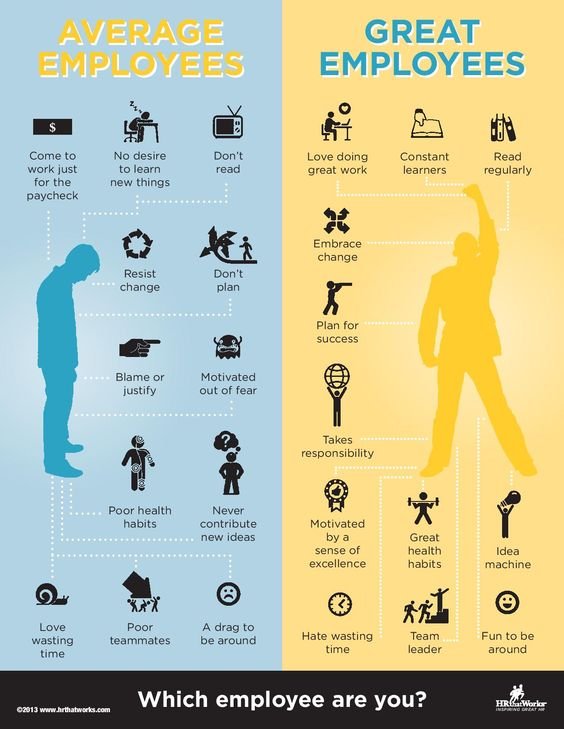Posted in Business Management, Organisational behaviour, Principles of Management, Training & Development
on Mar 1st, 2014 | 0 comments
Performance Appraisal
Performance Appraisal is considered to be the most significant and indispensable tool for an organization. It is a measure of the employees’ performance levels in terms of the specific job’s requirement.
It is a process employed for the purpose of placement, selection for promotions, providing financial rewards and other actions which require differential treatment among the members of a group.
Purpose of Performance Appraisal
Douglas McGregor says “Formal appraisal plans are designed to meet three needs, one of the organization’s and the other two of the individual namely,
- Performance appraisal methods facilitate systematic judgments to decide on the salary increases, transfers, demotions or terminations.
- They serve as a yard stick for an employee as to where he stands in the performance rating queue in the eyes of management and how he needs to adapt or improve himself regarding behavior, attitude, skills or job knowledge.
- They are used as a means to train and counsel each and every employee by the respective superiors.

Performance appraisal can also be termed as
- Merit rating
- Behavioral assessment
- Employee evaluation
- Personnel review
- Progress report
- Staff assessment
- Service rating.
According to Levinson, it definitely provides adequate feedback to each individual for his performance and also serves as a means for changing behavior.
Prime Objectives of Performance Appraisal:
- Helps to maintain man power inventory of an organization which includes quantity and quality, to identify the training needs and aspirations of the work force.
- To determine increments and provide a reliable index in promotions and transfers to positions of greater responsibility.
- To improve individual as well as group development by determining the performance standard and motivating the employees to perform well.
- Providing support to employees who are not able to focus and to bring them back into the groove.
The Process of Evaluation:
- Establishment of performance standards.
- Communicating the same to employees.
- Aquiring information through personal observation and statistical reports from the respective departments.
- Appraising and judging the future potential growth and advancement.
- Identifying the deviation between the actual and standard performance levels.
- Discussion with the employee for subsequent improvement or corrective action.

Appraisal Summary:
1. Personnel Background covering the following details are collected
- Age
- Family background
- Marital status
- Children
- Education
- Specialization and degrees
- Office held
- Work history
- Social accomplishments
- Honors and awards
- Professional or trade organization membership
- Publications
- Special limitations
- Family problems
- Hobbies and recreational activities
2. Nature of Work: Job performance and personal qualification
- Technical performance
- Level of motivation in current position
- Intelligence as reflected on the job
- Emotional stability
- Leadership skills
3. Overall Performance Rating: Recommended action
Methods of Performance Appraisal:
Traditional methods: These rely upon evaluating an individual’s creativity, intelligence, drive, dependability, leadership potential, initiative and organizing capability which are more of personal in nature.
Modern methods: These include ranking method, graphic rating scales, forced choice description method, critical incident and 360 degree evaluation methods.
The 360 degree appraisal method is employed in big corporate companies where the individual’s overall performance is appraised by his colleagues, boss, customers, suppliers and stake holders.
Management by objectives, management by exception , self appraisal and human asset accounting are other methods used for appraisal.
Problems that may arise during performance appraisal:
- Halo Effect: It is a tendency to let the assessment of an individual’s any one trait to influence the evaluation of that person on other specific traits.
- The Central Tendency problem: It assigns average rating to all the employees in order to avoid commitment.
- Similarity error: This occurs when the evaluator evaluates other persons based on ‘self perception’, that is if he perceives himself to be adventurous or daring he may evaluate others looking for that same trait which he possesses.
How to make appraisal successful?
- The superior must be well trained and a composed person to judge without error or personal bias
- The management must create a feeling of mutual trust and confidence in the minds of employees
- The process must be a fair play without pre-conceived notions
- The performance levels must be appraised rather than personality
- The results must be immediately communicated to the employees
- A post appraisal interview must be arranged.